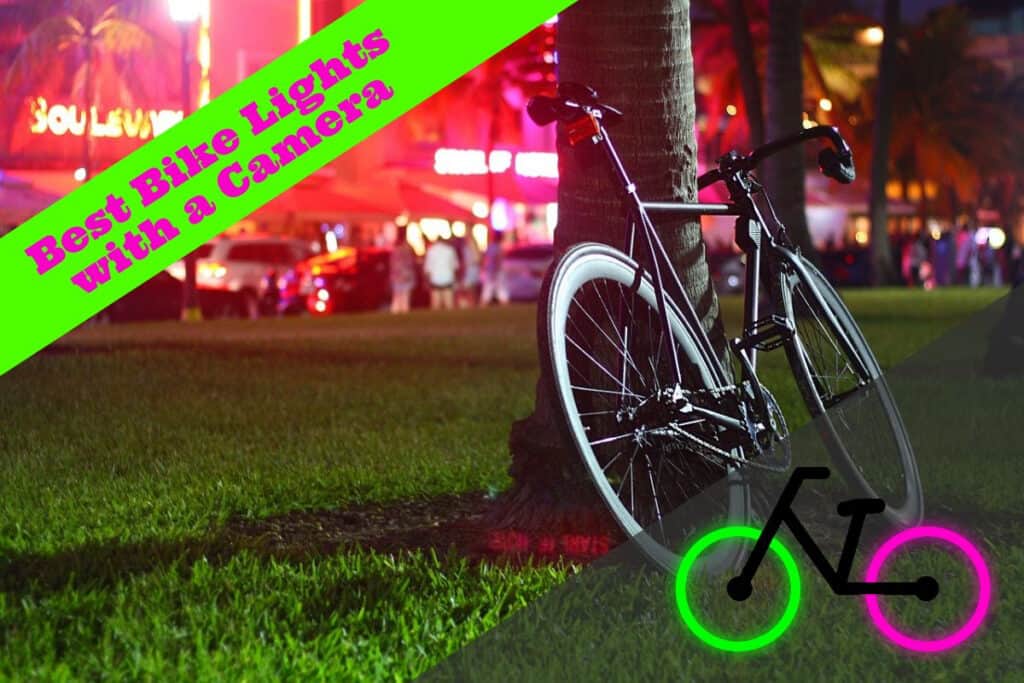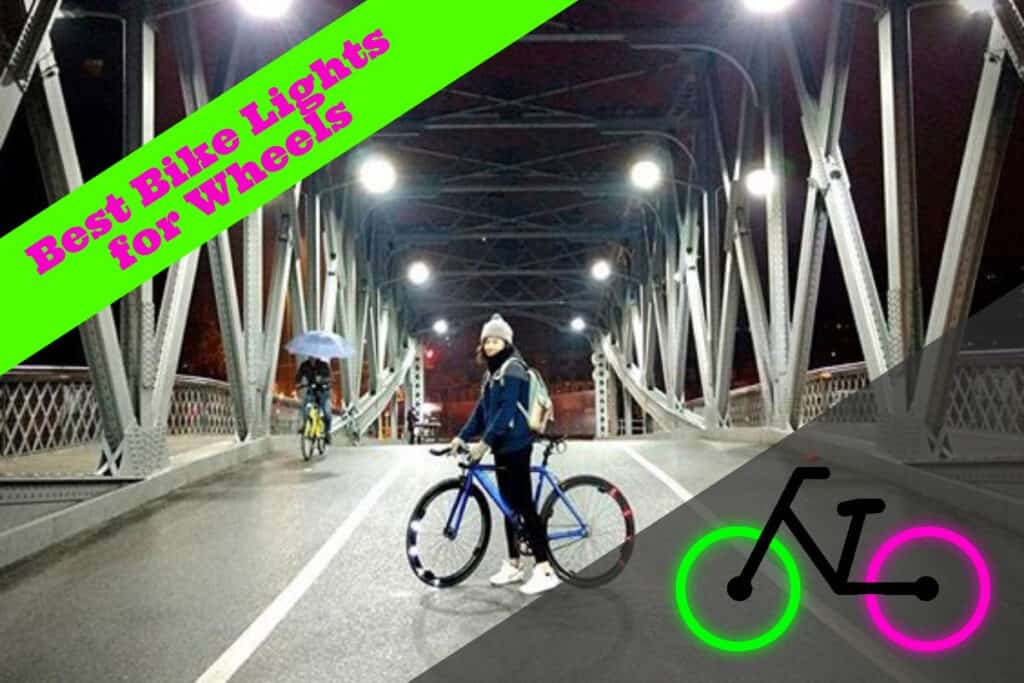You’ve probably never given much thought to the light bulbs flickering above you. But what if the type of light bulb you use could impact your health? It’s a shocking idea, but recent discussions have sparked concerns about whether some light bulbs could be linked to cancer.

Navigating the sea of information on light bulbs and cancer risks can be daunting. You want to keep your home safe and healthy, so understanding which bulbs are under scrutiny is crucial. Let’s shed some light on the subject and help you make informed choices for your peace of mind.
The Link Between Light Bulbs and Cancer
When dabbling in DIY lighting for your home, safety should always top your list of concerns. Now, it might come as a surprise, but some light bulbs have raised alarm bells with experts pointing to a potential link to cancer. As a lighting aficionado, you’ll want to stay informed about the risks associated with different types of bulbs.
Artificial Light and Health Risks
Your body’s internal clock, or circadian rhythm, is influenced by light exposure, with natural sunlight playing a key role in maintaining its balance. However, certain artificial lights, especially those emitting high levels of blue light, can disrupt this balance. Over the years, studies have pointed to how prolonged exposure to this light could contribute to the risk of certain cancers.
| Bulb Type | Blue Light Emission | Potential Health Concern |
|---|---|---|
| LED | High | Disrupted sleep cycle |
| Fluorescent | Moderate to High | Melatonin suppression |
| Incandescent | Low | Minimal impact |
Specific Bulbs Under Scrutiny
Among the various options, compact fluorescent lights (CFLs) and some LEDs are undergoing rigorous examination. CFLs release ultraviolet (UV) radiation, a known carcinogen, and have been associated with skin cell damage in close proximity. Additionally, some LEDs have not only a high blue light output but also flicker that could add to the cumulative risk factors.
What you’re probably pondering now is how much light from bulbs contributes to cancer risk compared to daylight. It’s a complex question with variables like duration of exposure, the distance from the light source, and whether the light is direct or diffused. A balanced approach to artificial lighting, especially during the evening hours, can mitigate some of these risks.
Your challenge as a home DIY enthusiast is to strike the right balance between efficient lighting and maintaining a healthy environment. Opting for warm-toned, dimmable LEDs might be a step in the right direction. By staying aware of the potential health implications and making mindful choices, you’re not just illuminating your space effectively, you’re also safeguarding your well-being.
Incandescent Bulbs: Are They Safe?
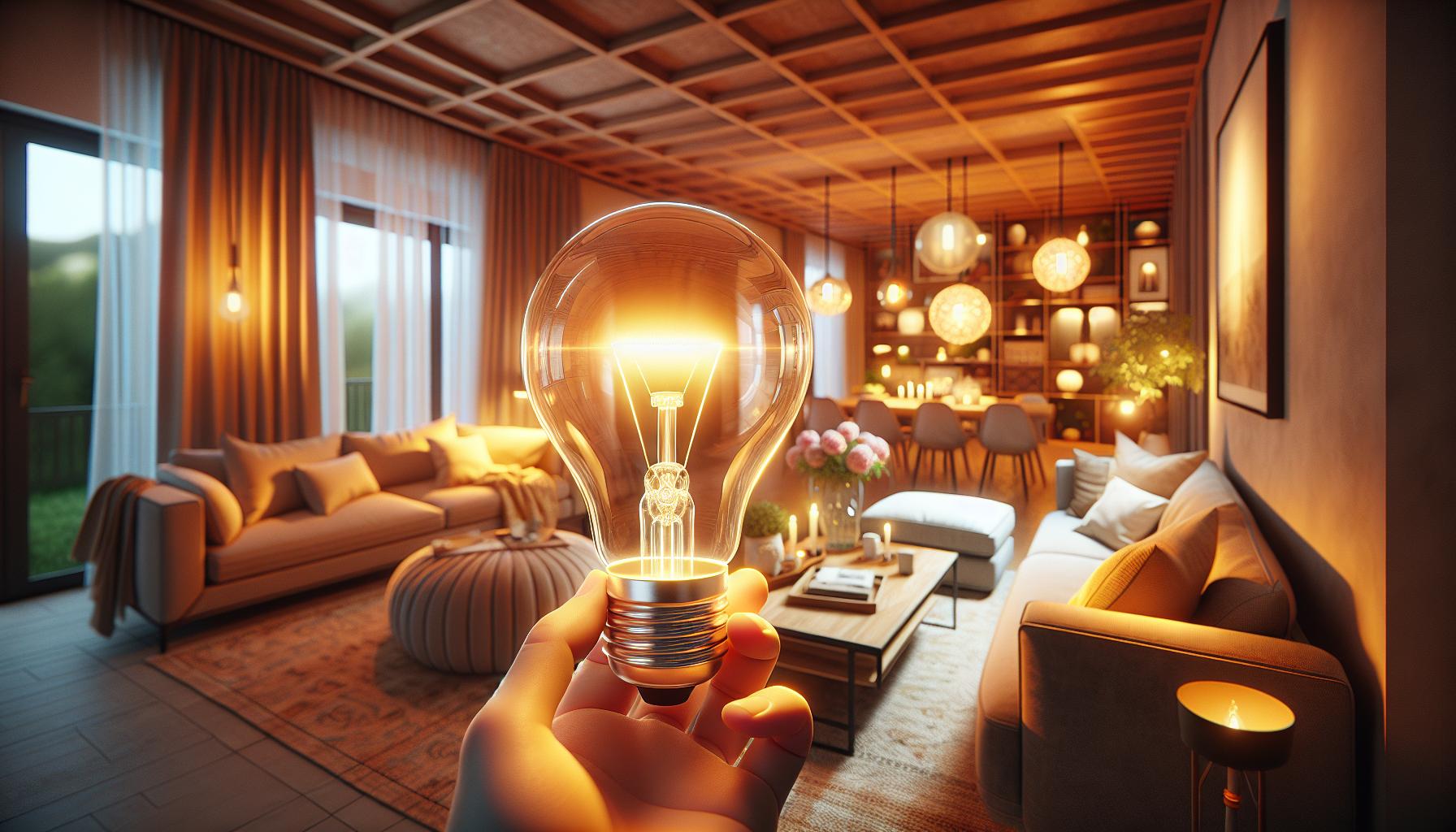
When you’re knee-deep in home DIY projects, it’s crucial to consider not just the aesthetic appeal of lighting, but also its health implications. Incandescent bulbs have been illuminating our homes for over a century. Known for their warm, inviting glow, they might seem like the safe, old-school choice. But let’s dive deeper into their safety profile.
Incandescent bulbs don’t emit UV radiation, which is a huge plus considering your concerns about cancer risks linked to other bulb types. This means you can breathe easier when installing these bulbs in your favorite reading nook or craft spot. However, they’re not without their drawbacks. These bulbs operate by heating a filament to a temperature that produces light, a process that unfortunately is more energy-hungry and less efficient than newer technologies like LEDs.
Despite their inefficiency, incandescents are free from the high blue light output that characterizes some of the other bulbs under scrutiny. This trait makes them gentler on your circadian rhythm, potentially reducing the risk of sleep disturbances and associated health issues. Nevertheless, the absence of UV and blue light emissions doesn’t entirely clear them from contributing to health risks.
When used in moderation and combined with other preventive measures, like adequate exposure to natural lighting, incandescent bulbs present as a familiar, less disruptive lighting option. It’s also worth noting that advancements in lighting technology are continuously emerging, aimed at providing safer and more energy-efficient solutions for your illumination needs.
In the meantime, while the debate on light bulbs and cancer continues, sticking with incandescent bulbs for those cozy, intimate spaces in your home could be a reasonable choice. Just be mindful of the trade-offs in energy consumption and the ongoing quest for the most health-conscious lighting options available. Keep an eye on developments in this field, as the illumination of tomorrow may address these concerns with innovative solutions that marry efficiency with safety.
Compact Fluorescent Bulbs (CFLs): The Controversy

When it comes to lighting up your space, you might consider Compact Fluorescent Bulbs (CFLs) as a cost-effective and energy-saving option. But here’s where it gets tricky: CFLs have become a topic of heated debate. On one hand, they’re championed for their efficiency, but on the other, they’re scrutinized for their safety.
« Do Light Bulbs Act as Resistors? Discover Their Hidden Role in Lighting
Why Is My Light Bulb Not Turning Off? Find Solutions Here »
First, let’s talk about their energy-saving prowess. CFLs use about 70-90% less energy than incandescent bulbs. This means you’re not only lowering your electricity bill but also your carbon footprint. It’s a win-win for your wallet and the planet, which aligns perfectly with your eco-friendly DIY spirit.
However, the controversy arises from the small amount of mercury present in CFLs. Moment of science: Mercury is essential for CFLs to emit light but is a known toxin that can be harmful in larger quantities. If a bulb breaks, mercury can be released, posing potential health risks. Proper cleanup and disposal are critical to minimize any dangers, making CFLs a choice that requires a bit of commitment.
Moreover, there have been talks linking CFLs to cancer. How come, you ask? Research indicates that the phosphor coating inside the CFLs could emit UV radiation. Think about it, the same UV you diligently protect your skin from during sunny DIY projects outdoors. Excessive exposure to UV radiation is a risk factor for skin cancer.
Yet, it’s essential to note that the level of UV radiation from CFLs is typically low and can be further mitigated by using double-enveloped CFLs or protective coverings, an easy fix for the safety-conscious home handyperson.
So, given that you’re always on the lookout for bright ideas, keep in mind that while CFLs still represent a significant leap in terms of energy efficiency, awareness and responsible handling are key to making the most out of these bulbs. Consider your lighting needs, the environmental impact, and safety measures to ensure that you brighten up your home responsibly.
Light-Emitting Diode (LED) Bulbs: A Safer Alternative?
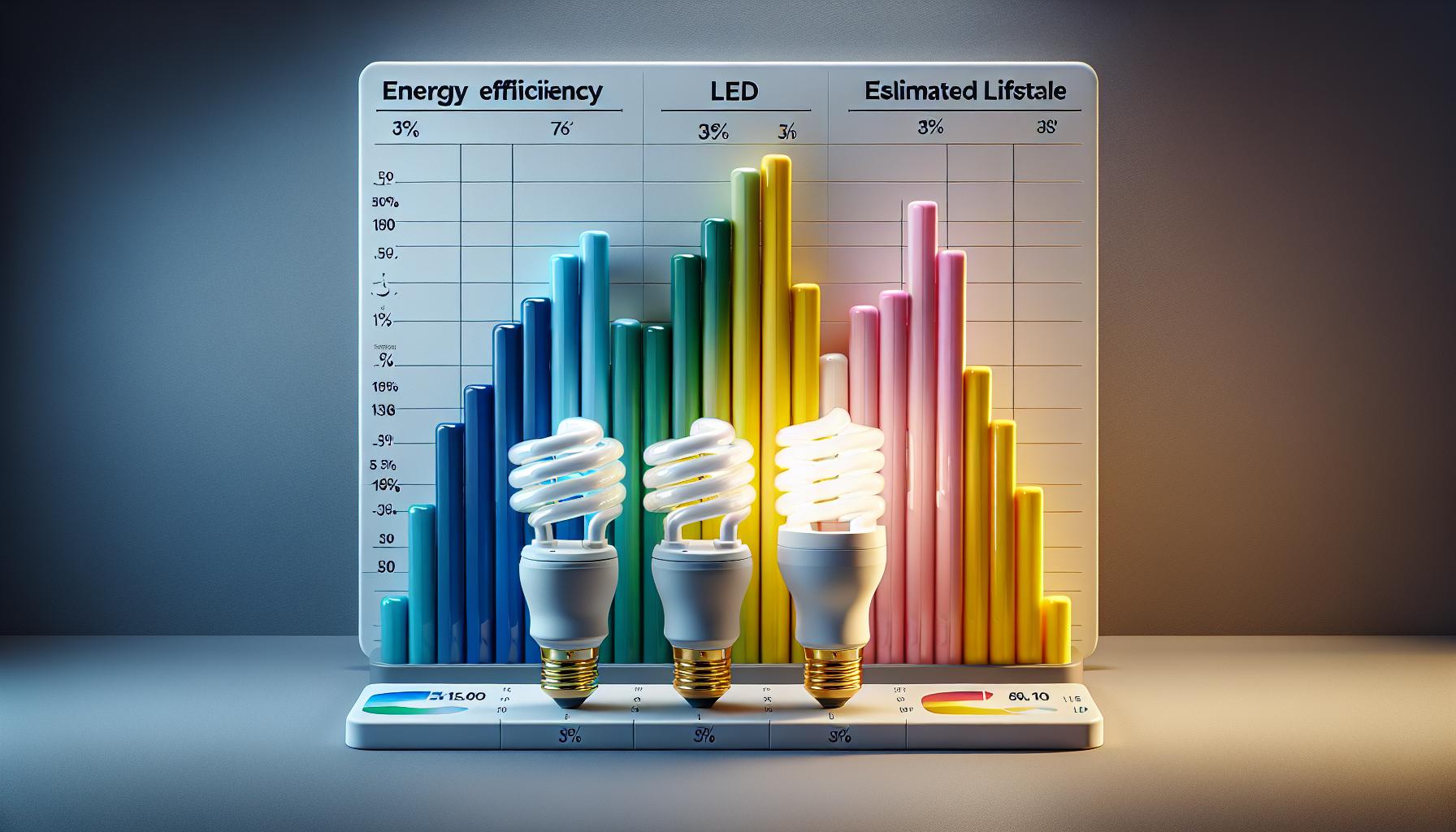
As you delve into the world of lighting, you’ll find that LED bulbs are often celebrated for their low energy consumption and long lifespan. But beyond these advantages, you’re likely wondering about their safety profile, especially when it comes to cancer risks associated with artificial lighting. LED bulbs work by passing an electrical current through a microchip, which illuminates the tiny light sources called diodes.
Important to note is that LEDs do not contain mercury, sidestepping the serious disposal and breakage concerns posed by CFLs. Moreover, LEDs produce light in a manner that’s far more efficient, leading to less energy use. For example, an LED bulb uses approximately 75% less energy than an incandescent bulb. On top of that, they last about 25 times longer.
Regarding UV radiation, LEDs emit a negligible amount, drastically lowering any risk they pose for contributing to skin cancer. Here’s an illustration comparing the energy efficiency and estimated lifespan of various bulb types:
| Light Bulb Type | Energy Efficiency | Estimated Lifespan |
|---|---|---|
| Incandescent | Low | 1,000 hours |
| CFL | Moderate | 8,000 hours |
| LED | High | 25,000 hours |
It’s also worth mentioning that recent innovations in LED technology have led to the development of full-spectrum bulbs, which can more closely mimic natural daylight. Some enthusiasts believe these can positively affect mood and productivity levels without the additional risks.
While research into the long-term effects of LED exposure is ongoing, the evidence so far suggests that these bulbs are a safer bet, especially when considering your overall exposure to potential carcinogens in the home environment. It’s your passionate pursuit for the perfect home DIY lighting project that should guide your choice, and perhaps, LEDs are the shining solution you’ve been looking for.
As with any form of artificial light, moderation and sensible usage are key. Pairing LED use with exposure to natural light during the day can ensure a balanced approach to lighting in your home. Keep an eye out for advancements that aim to improve the quality of light while minimizing any adverse effects, so you can continue to shine a light on your DIY projects without worry.
Making Informed Choices for a Healthy Home
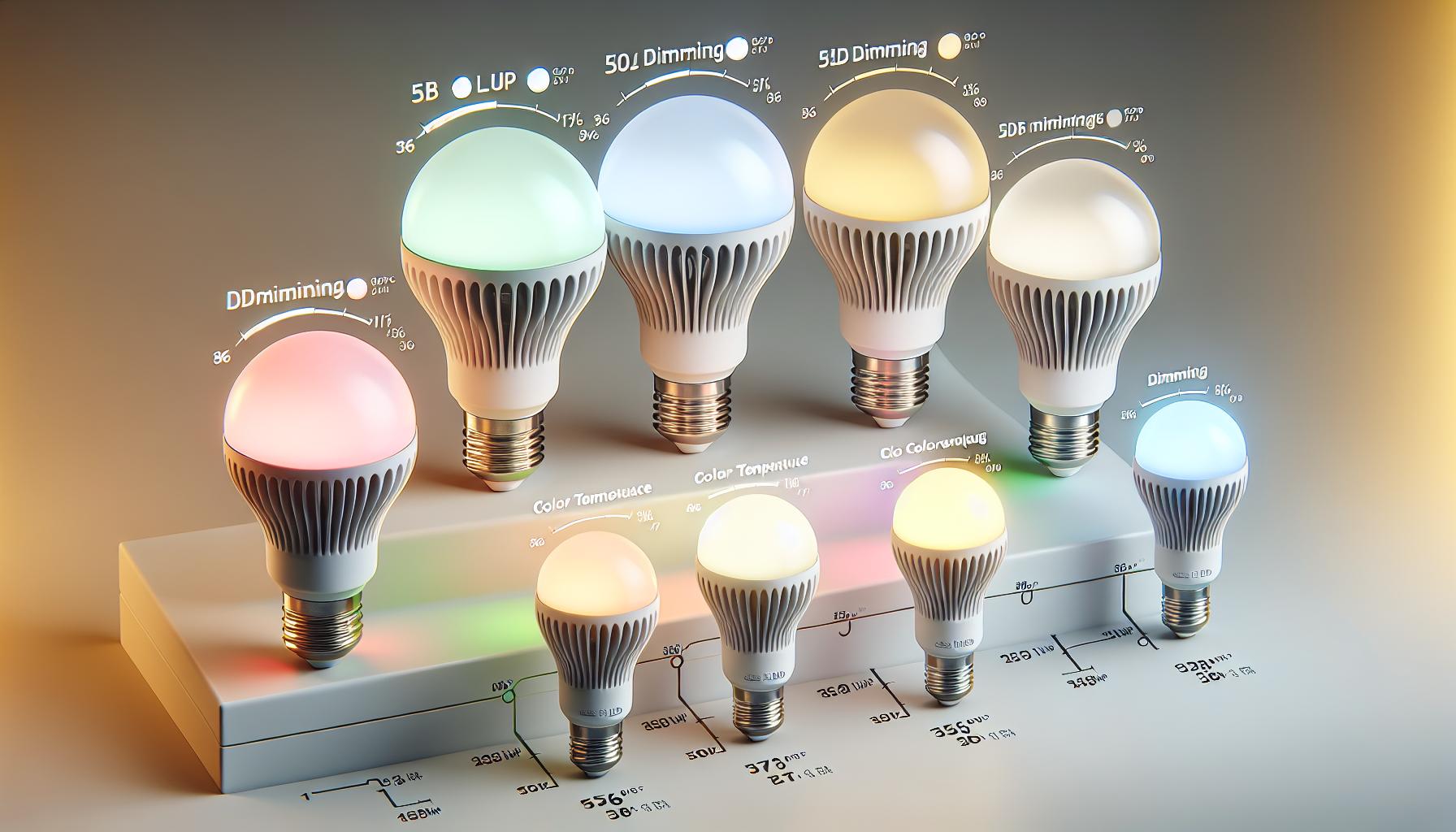
When selecting lighting for your home, you’re not just choosing how bright your space will be, but also how healthy your environment is. With a little know-how, you can illuminate your DIY projects and living spaces without compromising on safety.
LED bulbs are your go-to for a low-risk choice. Not only do they reduce electricity bills, they keep your family away from potentially harmful substances. Always look for high-quality LEDs that are certified by recognized safety standards to ensure you’re getting the best product.
The color temperature of your bulbs also matters. Natural daylight bulbs are ideal for workspaces and living areas, creating an invigorating ambiance that could enhance your mood and alertness. Warm lights, on the other hand, are perfect for relaxing in bedrooms or lounges.
You’ll want to pay attention to dimming capabilities too. Dimmable LEDs allow you to adjust the brightness to your needs, reducing the intensity of exposure. In spaces frequented at night, like hallways and bathrooms, install motion sensor lights that only come on when needed.
Here’s a snapshot of what to consider:
- Eco-Friendly: Opt for mercury-free bulbs.
- Energy-Efficiency: LEDs consume less power and last longer.
- Light Quality: Choose full-spectrum LEDs for a natural effect.
- Safety Standards: Ensure bulbs are tested and approved.
- Functionality: Consider dimmers and sensors for versatility.
Remember, it’s not just the type of bulb but how you use it. Avoid direct exposure to any intense light source and switch off lights when not in use. Small changes in your lighting choices can amount to significant health benefits, making your home a safer haven. Keep abreast of the latest research and product releases to continuously improve your home environment.
Conclusion
You’ve got the power to make informed choices about the lighting in your home. Opting for LED bulbs can be a smart move for both your health and the environment. Remember to look for high-quality, certified options and consider the color temperature that suits your space. It’s all about striking a balance—use artificial light wisely and stay in the loop with the latest in lighting technology. By doing so, you’ll not only brighten up your home but also take a step towards a healthier lifestyle. Keep these tips in mind and light up your world with confidence!
Frequently Asked Questions
What are the potential risks of using Compact Fluorescent Bulbs (CFLs)?
Compact Fluorescent Bulbs contain mercury, which poses a risk during disposal and if the bulbs break. Mercury exposure can be harmful to both your health and the environment.
Are LED bulbs safer than CFLs?
Yes, LED bulbs are considered safer as they consume less energy, have a longer lifespan, and contain no mercury. Plus, they emit an insignificant amount of UV radiation, minimizing any associated health risks.
What are the benefits of full-spectrum LED bulbs?
Full-spectrum LED bulbs can mimic natural daylight, which has potential benefits for mood and productivity. They provide a quality of light that can have positive effects on our well-being.
What should I look for when selecting lighting for my home?
When choosing lights for your home, look for high-quality LEDs with safety certifications, consider the color temperature for the desired ambiance, check dimming capabilities, and opt for eco-friendly and energy-efficient options.
How important is it to use artificial light in moderation?
It’s very important. Unnatural light exposure, especially before bedtime, can affect sleep quality and overall health. Use artificial light thoughtfully and in balance with natural light to maintain good health.
Can keeping up with lighting research and products improve my home environment?
Definitely. Staying informed about the latest advancements in lighting technology can help you make better choices for your home, potentially improving safety, energy efficiency, and comfort.

